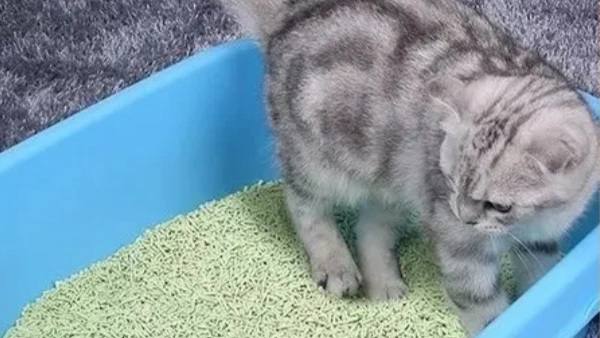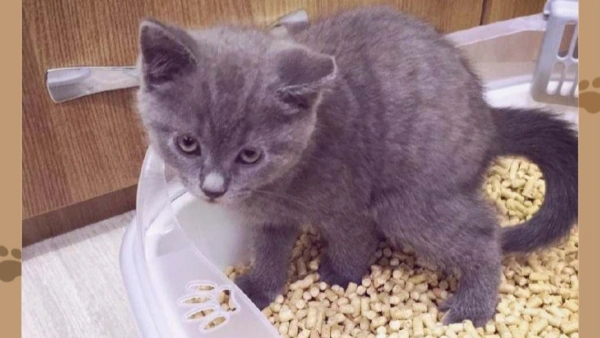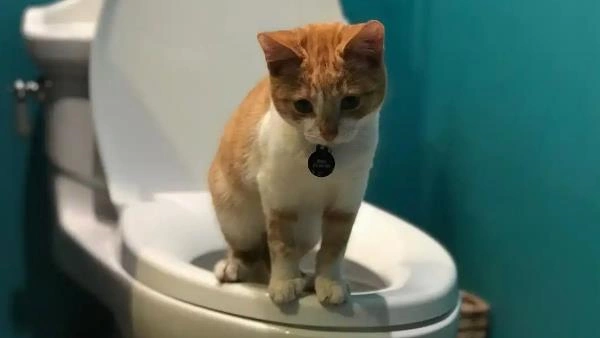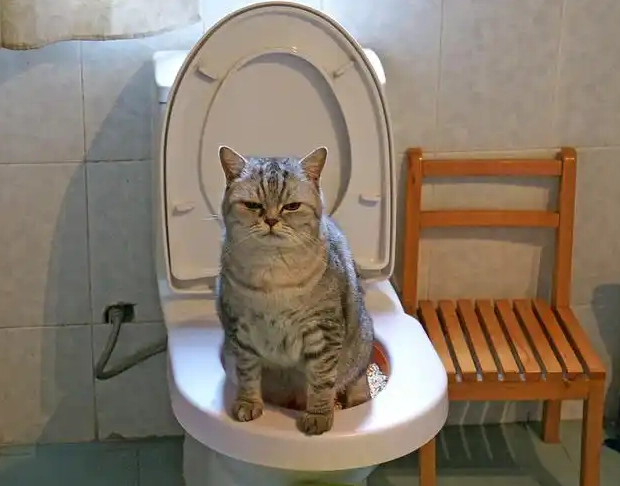How to Train a Cat to Use a Litter Box: Easy Steps for a Clean Home
For new cat parents, improper urination is often a major concern. Fortunately, cats are naturally inclined to bury their waste—but stress, litter box placement, or the wrong litter type can derail their habits. This guide explains how to train a cat to use a litter box, covering everything from preparation to troubleshooting.
Understanding Feline Bathroom Behavior: Respect Their Instincts
Cats don’t view the litter box as a toilet—it’s part of their territorial routine.
Respect their instincts: Cats need a private, odor-friendly place to bury waste.
Start early: Training works best with kittens aged 2–3 months.
Health check: Rule out infections or stress before assuming behavior is disobedience.
Choosing the Right Litter: Texture, Scent, and Functionality
Litter is a key factor in how to train a cat to use a litter box. Pick one based on texture and odor control.
Clumping clay: Feels like real soil, easy to clean but dusty.
Tofu litter: Flushable and low-dust, but can mold in humidity.
Crystal litter: Great odor control but may be uncomfortable.
Tip: Keep litter depth at 2–3 inches and avoid overly scented types.

Litter Box Placement: Location Matters
Where you place the box can determine how likely your cat is to use it.
Choose quiet corners away from loud appliances or foot traffic.
Keep the box dry and well-ventilated.
Ensure your cat can access it easily—avoid blocked paths.
Open boxes suit kittens; closed boxes reduce odor spread for adults.
Box Quantity: Always One More Than the Number of Cats
If you have multiple cats, ensure each has access to a litter box—and then one more.
Formula: Cats + 1 = Number of litter boxes.
Don’t place boxes near food or water bowls.
Use different levels in multi-story homes.
In emergencies, cardboard boxes with litter can help reduce stress.

Everything Our Vets Recommend
FAQ - How to Train a Cat to Use a Litter Box: Easy Steps for a Clean Home
Q1: Is my cat peeing outside the box out of spite?
A: No—cats don’t act out of revenge. Check for stress or health problems.
Q2: Should I crate my cat during training?
A: Short-term confinement can help but avoid long-term crating.
Q3: My cats fight over the box—now what?
A: Increase litter box count and separate them. Use pheromone diffusers if needed.
Conclusion: Take Action Today for a Happier Cat
Double-check your litter choice and box placement.
Clean boxes daily and sanitize weekly.
Observe your cat’s behavior before changing strategy.
Explore more tips in our guide How to Train a Cat or learn about litter habits in our full article How to Potty Train a Cat.
Consistency and observation are the keys to success. Start now and make the litter box a stress-free habit!
You May Like:
- Cat Specific Shampoo 2025 Safe Pest Control and Grooming Guide
- Best Flea Shampoo for Cats: Effective Treatments for Flea-Free Fur
- Bundle: Burt's Bees Dander Reducing Wipes with Colloidal Oat Flour & Aloe Vera, 50 count + Waterless Shampoo for Cats, 10-oz bottle
- Skout's Honor Probiotic Honeysuckle Cat Shampoo & Conditioner, 16-fl oz bottle
User Comments
Does flea treatment kill ear mites too?
Can dogs take human probiotics?
Can dogs have people probiotics safely?















Leave a Reply